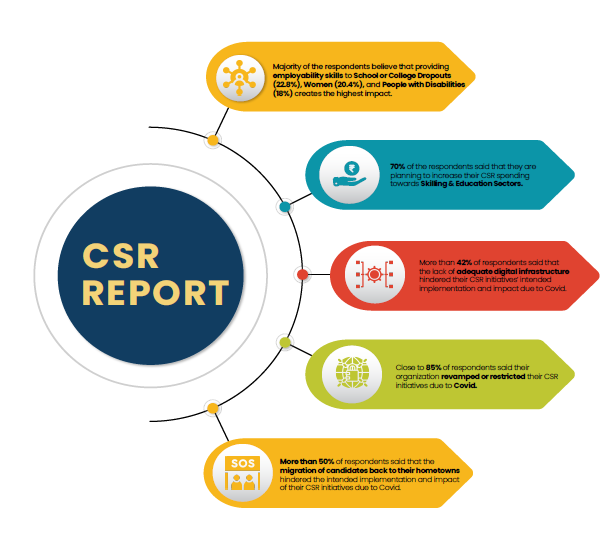COVID-19 pandemic has impacted the education in India gravely. With country-wide lockdowns in place, the schools were forced to remain closed. The learning of children got negatively affected, even as the digital classes resumed after few weeks. This has been confirmed by the recently released Annual Status of Education Report 2021.
Annual Status of Education Report 2021
The Annual Status of Education Report (ASER) is a survey facilitated by Pratham Education Foundation. It is the oldest survey of its kind in the country. It is well regarded for the range of insights it provides on levels of foundational learning at the elementary level. It uses Census 2011 as the sampling frame and continues to be an important national source of information about children’s foundational skills across the country.
ASER 2021 survey analysed the impact of Covid-19 on learning. The survey has revealed that there has been a significant learning gap among students. About 65.4% teachers have flagged the problem of children being “unable to catch up” as one of their biggest challenges. This is also a warning that their learning outcomes are set to be affected unless addressed with urgency. During the recent National Achievement Survey (NAS) of the central government, teachers and field investigators across the country reported that primary grade kids struggled to make sense of questions to test basic comprehension and numerical skills.
In addition to this, the report has revealed that there is an unprecedented jump in government school students, and a 10-year low in private school enrolments. It has also revealed that there is a growing dependency on private tuition classes among students, especially those from poor families.
Digital Divide
The digital divide in India has contributed to falling of the education accessibility among students. The report has revealed that almost a third of all children in Classes I and II did not have a smartphone available at home. This did not allow them to stay caught up with learning. This will further impact them as they start joining offline schools, where they may have to work harder to catch up with their peers.
The knowledge gap between these students can cause further divide, and marginalise the students from families without access to smartphones.
On a positive note
The report has said that there has been a decline in the proportion of children not currently enrolled in the 15-16 age group. This is one of the sections which faces the highest risk of dropping out. In 2010, the proportion of 15-16-year-olds who were out of school was 16.1%. Driven by the government’s push to universalise secondary education, this number has been steadily declining and stood at 12.1% in 2018. The decline continued in 2020 to 9.9% and to 6.6% in 2021.
In conclusion
It is important to note the shortcomings of forced digital education that the schools had to resort to during the pandemic, and make sure that the gaps are filled as soon as the offline schools start. Additionally, they need to make sure that the positives of the digital education are carried forward and are not left behind in the post pandemic world. In order to make the learning more effective, it is important for teachers to understand that their role goes beyond that of merely controlling the class to facilitation of transfer of knowledge.


